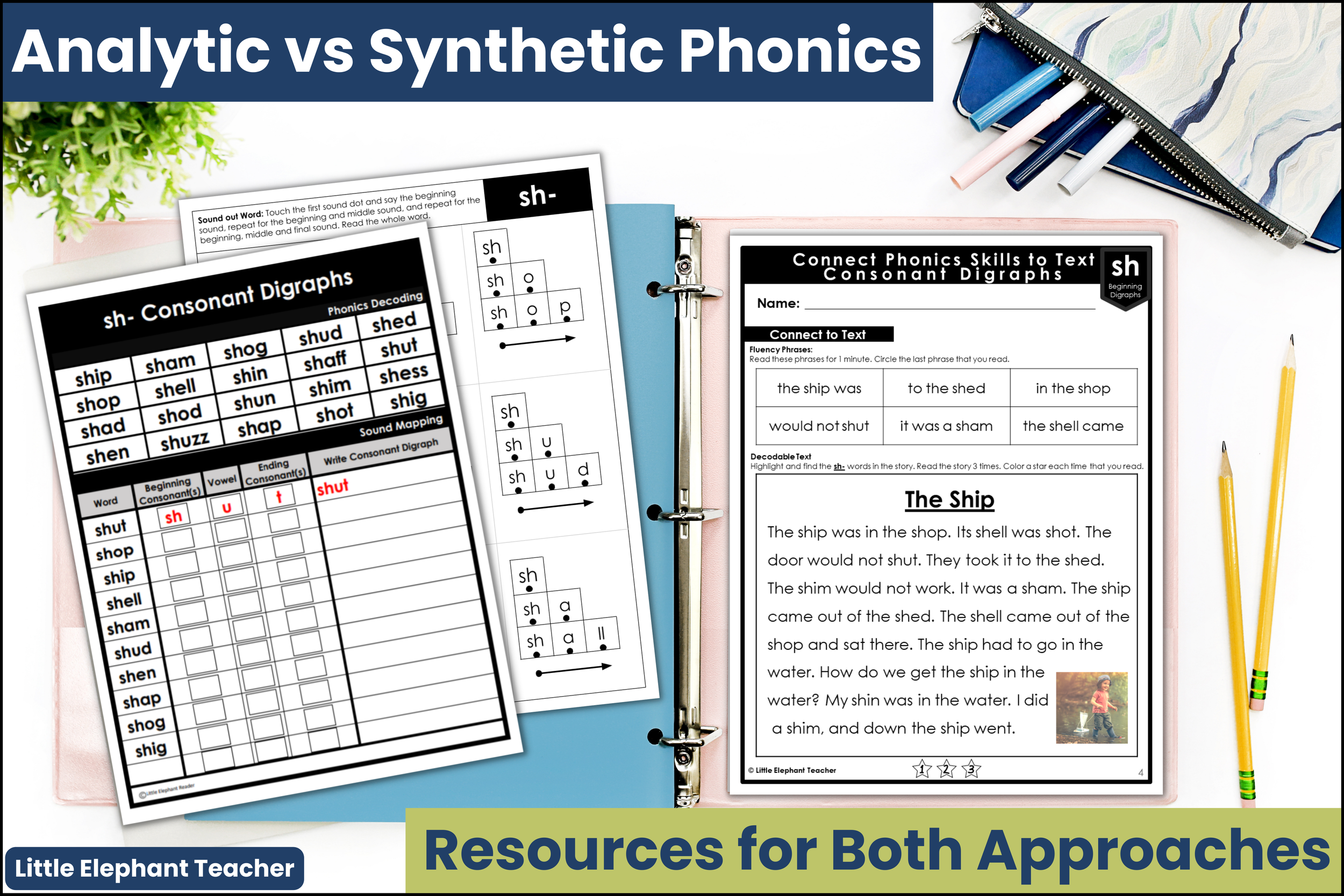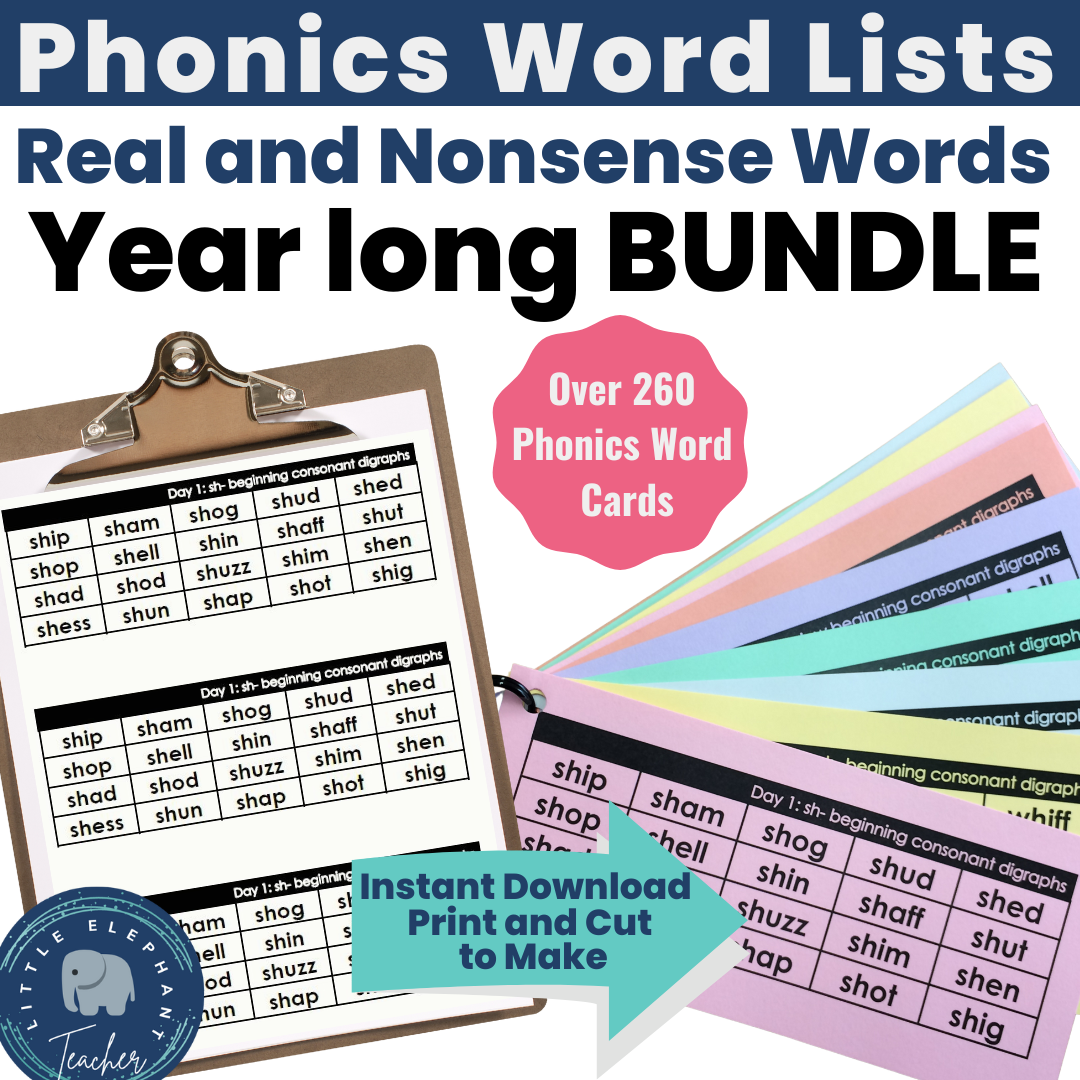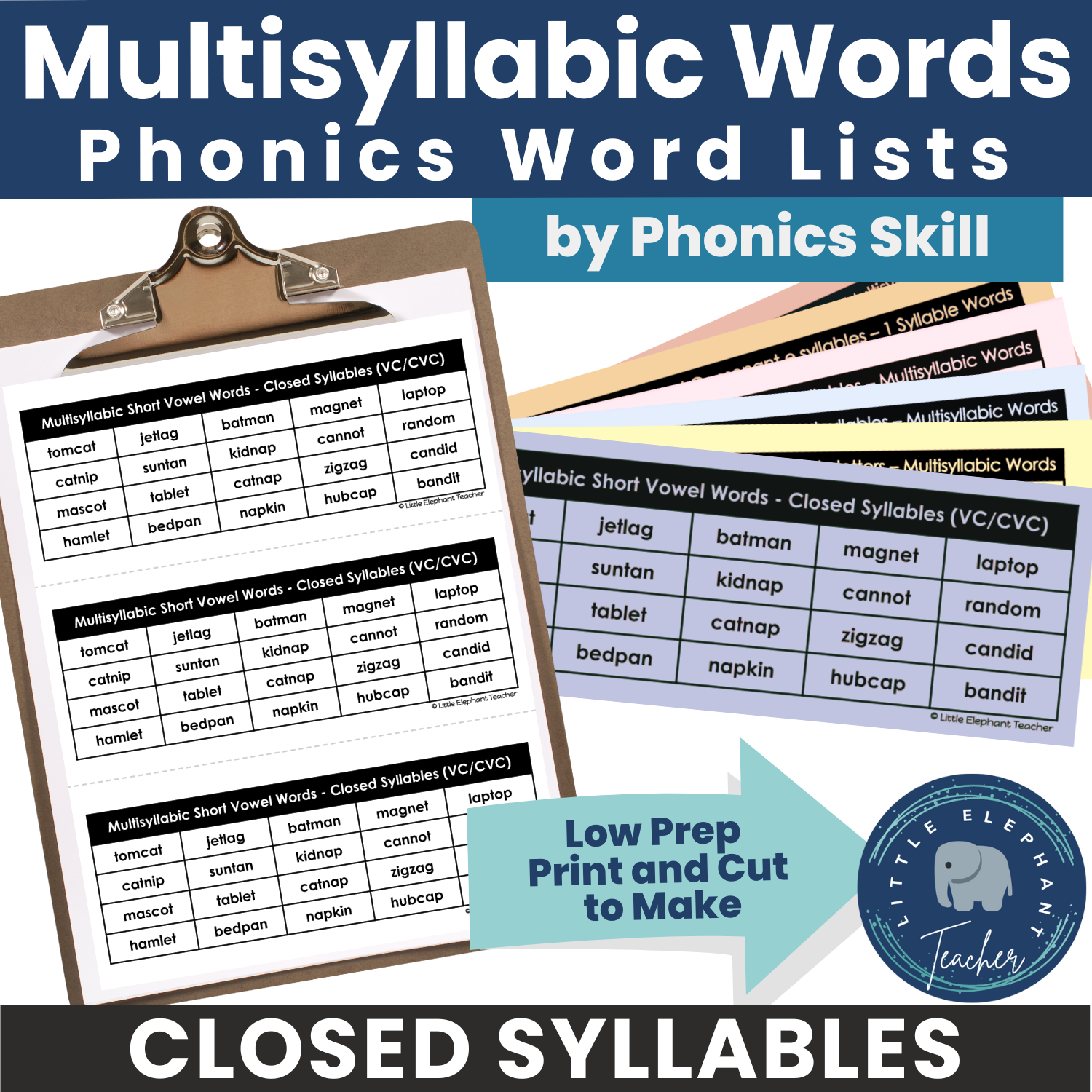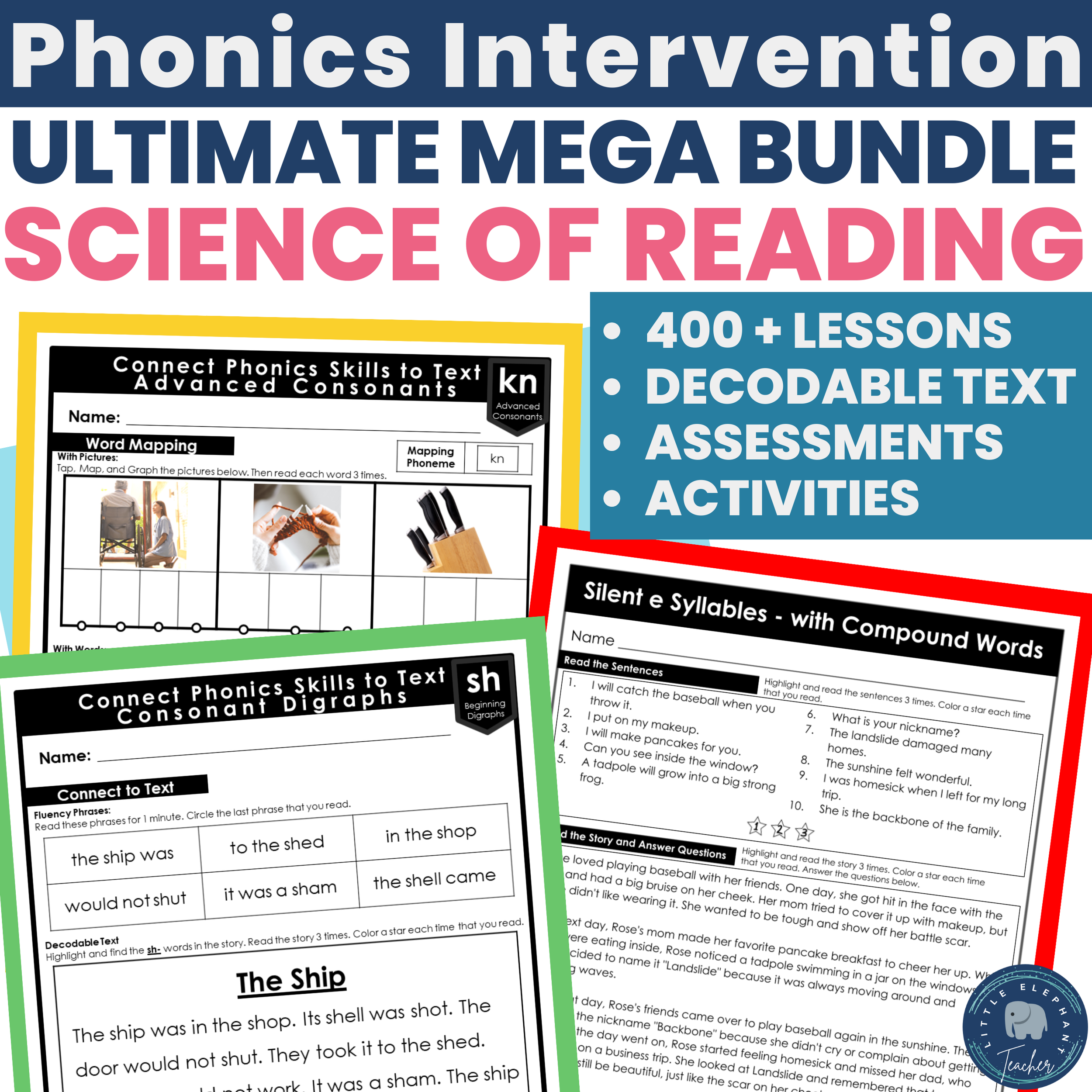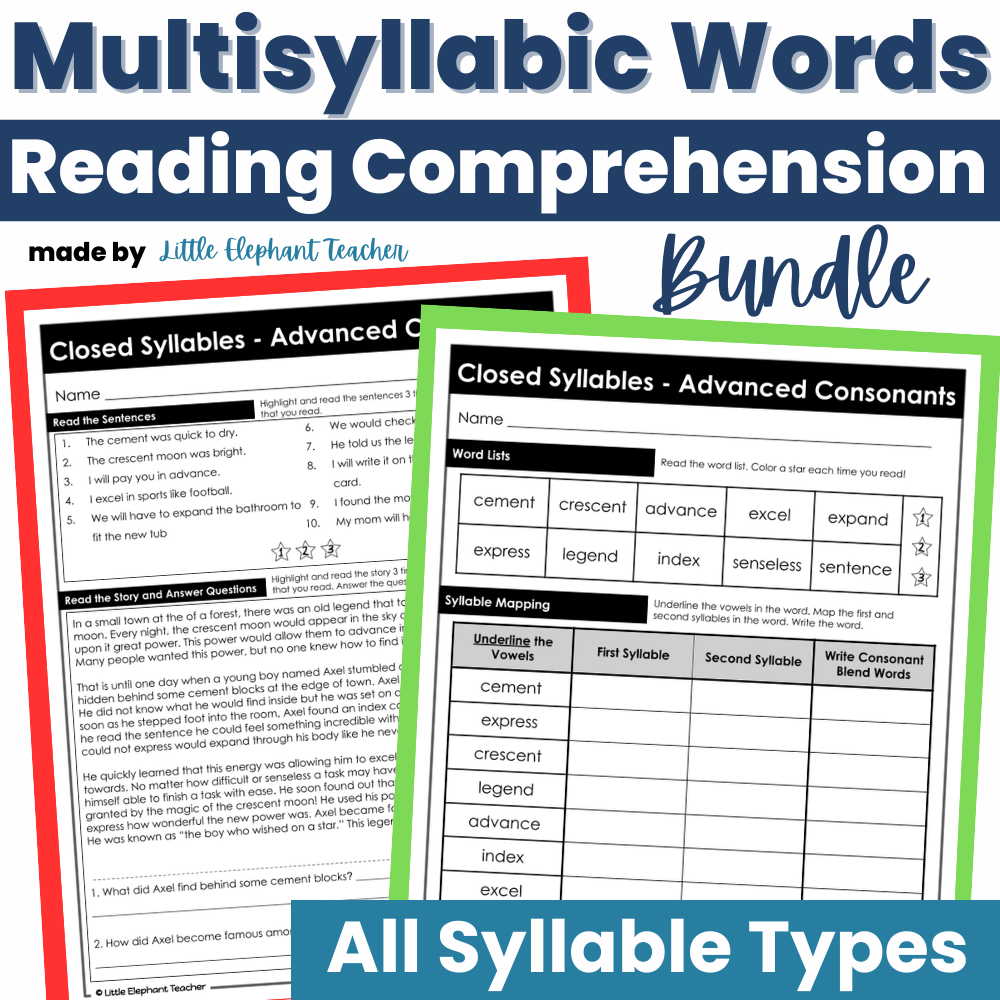Analytic vs Synthetic Phonics: Which is Best for Your Child?
Synthetic Phonics, have you ever heard of it? It's one of the key methods that kickstart kids on their exciting adventure into reading. Alongside this, there's another method called Analytic Phonics. These two are like different roadmaps guiding us to the same destination - reading fluency. Reading starts with unlocking the secret code of phonics, the magic key that opens up the world of words. In this blog post, we're going to take a deep dive into Analytic and Synthetic Phonics, exploring what they're about, how they work, and how they can help kids morph into confident readers. So, whether you're a teacher on the hunt for effective ways to teach reading, or a parent keen to support your little one's learning journey.
Understanding Synthetic Phonics
Have you heard about synthetic phonics? This method teaches children to recognize individual sounds, called phonemes, linked with specific letters, known as graphemes. To give you an example, take the word 'cat.' Kids would learn the sounds c-a-t separately and then blend them together.
Teaching synthetic phonics involves a systematic approach, usually starting with simple, common sounds and gradually progressing to more complex sound combinations. It can be an effective way to boost reading fluency and comprehension.
While it can be a great way to improve reading fluency and comprehension, it can also be challenging for some, especially those with learning difficulties.
Resources the Support Synthetic Phonics Method
Understanding Analytic Phonics
Now, let's switch gears to analytic phonics. This method is about analyzing whole words to find phonetic patterns. Instead of breaking down a word into its separate sounds, kids are taught to look at the entire word and identify common chunks or patterns.
It often involves using word families, rhymes, and analogies. Although this method can help enhance vocabulary and spelling, it might pose challenges when kids come across new words that don't fit the familiar patterns.
Resources the Support Analytic Phonics Method
So, Synthetic and Analytic Phonics are Different, Right?
Synthetic and analytic phonics take fundamentally different approaches to teaching reading. While synthetic phonics focuses on deconstructing words into individual sounds, analytic phonics concentrates on recognizing patterns within words.
Despite these differences, both methods share the same goal: to help children understand the phonetic structure of the English language. They both recognize the importance of phonics in reading development and provide structured ways to teach these skills.
When choosing a method, consider factors such as your students' age, learning style, and existing literacy skills. The best approach often involves a combination of both methods, tailored to the needs of individual students.
Implementing Both Analytic and Synthetic Phonics
Implementing both Synthetic and Analytic Phonics in the classroom might sound daunting, but it doesn't have to be! Here are some strategies:
Start with Synthetic Phonics: Begin teaching children the basic sounds of the alphabet using Synthetic Phonics. This is a systematic approach, where you introduce one sound at a time and teach students how to blend these sounds to form words. For example, start with the sounds /c/, /a/, and /t/ and show them how these blend to form the word 'cat'.
Introduce Analytic Phonics: Once students have a good grasp of blending sounds, introduce Analytic Phonics. Use words they are already familiar with and break them down into their component sounds. This helps students recognize patterns and similarities between words. For instance, if they know the word 'cat', point out other words that end in 'at', like 'hat' and 'bat'.
Utilize Multi-Sensory Techniques: Make phonics instruction fun and engaging by using multi-sensory techniques. This could include using flashcards, magnetic letters, phonics songs, or interactive games. These activities cater to different learning styles and make the learning process more enjoyable.
Apply Phonics in Real Reading Situations: Encourage students to apply their phonics knowledge in real reading situations. Provide them with suitable level text and help them decode unfamiliar words using the phonics skills they've learned.
Provide Plenty of Practice: Practice is key in mastering both Synthetic and Analytic Phonics. Regularly review previously learned sounds and words, and provide ample opportunities for students to practice their skills, both in class and at home.
Differentiate Based on Individual Needs: Remember that every child learns at their own pace. Some might grasp Synthetic Phonics quickly, while others might benefit more from Analytic Phonics. Be flexible in your approach and tailor your instruction based on individual student needs.
By following these steps, you can effectively integrate both Synthetic and Analytic Phonics into your classroom, providing a comprehensive and balanced approach to teaching reading.
Resources the Support Analytic and Synthetic Phonics Methods
Practical Tips for Teaching Analytic and Synthetic Phonics
Here are some handy tips for teaching synthetic and analytic phonics.
For synthetic phonics, make learning fun with visual aids and interactive activities. Break down words into sounds and encourage students to blend them together.
When teaching analytic phonics, use word families and rhymes to highlight patterns. Encourage students to spot similar patterns in new words.
Remember, it's crucial to adapt your teaching methods based on each student's needs. What works for one child may not work for another.
Be patient, flexible, and creative in your approach.
Research Evidence Supporting Synthetic and Analytic Phonics
Research backs up the effectiveness of both synthetic and analytic phonics. Studies show that synthetic phonics can significantly improve word reading and spelling abilities, especially for young or struggling readers. Analytic phonics also has its advantages. It can boost vocabulary and comprehension skills, particularly when paired with other reading strategies. In a nutshell, a balanced approach incorporating both synthetic and analytic phonics can give the best results.
Wrapping up, phonics plays a vital role in early reading development. Whether you choose or synthetic phonics—or a mix of both—largely depends on your students' individual needs and learning styles. The key is to stay flexible in your approach and tweak your teaching methods to best support your students. After all, the ultimate goal is to foster a love for reading and build a strong foundation for future literacy skills
